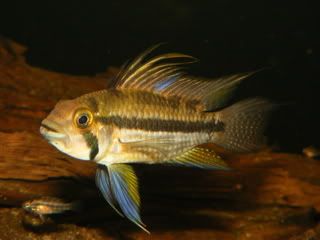In the Amazon, in the national park of Pacaya Samiria, Peru, going up the Rio Pacaya (Rio Ucayali-drainage):

we can see on the dark markings on the trees how high the water actually stands during the rain-season:

We pass lots of Cormorants

many forms of Herons:




and other wading birds (Jacana jacana):

and the always present vultures:

It's magic when a red snake (Oxyrhopus melanogenys ?) swims in front of the boat:

and when we notice "something" among the branches and leaves in the highest, most distant tree:

Luckily I have a good teleobjective :



I can't say he/she seems to be very worried about our presence:

Here he/she sits and eats for a week or so, before he/she has to use a day or two to climb down to the ground to "do ba-ba".
Of course, with a max speed of 1,5 - 2 meters / hour, it needs some time to get down and up again.
This picture is taken earlier at the Rio Momon:

It's not without reason that the locals call it "Lazy monkey".

we can see on the dark markings on the trees how high the water actually stands during the rain-season:

We pass lots of Cormorants

many forms of Herons:




and other wading birds (Jacana jacana):

and the always present vultures:

It's magic when a red snake (Oxyrhopus melanogenys ?) swims in front of the boat:

and when we notice "something" among the branches and leaves in the highest, most distant tree:

Luckily I have a good teleobjective :



I can't say he/she seems to be very worried about our presence:

Here he/she sits and eats for a week or so, before he/she has to use a day or two to climb down to the ground to "do ba-ba".
Of course, with a max speed of 1,5 - 2 meters / hour, it needs some time to get down and up again.
This picture is taken earlier at the Rio Momon:

It's not without reason that the locals call it "Lazy monkey".












